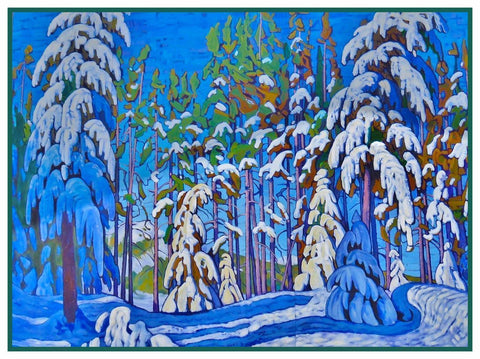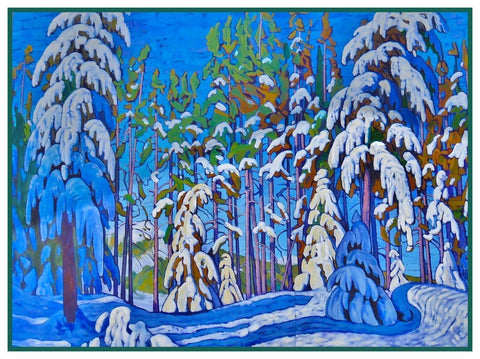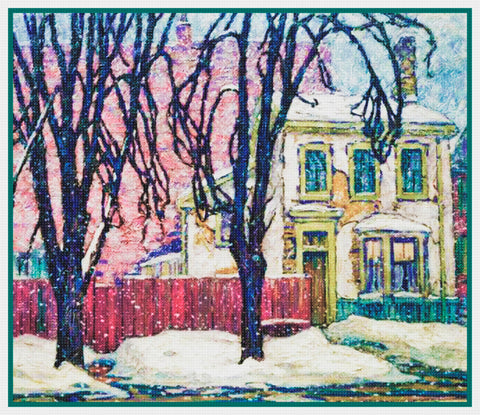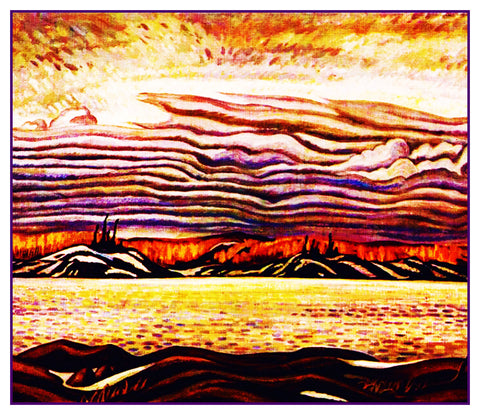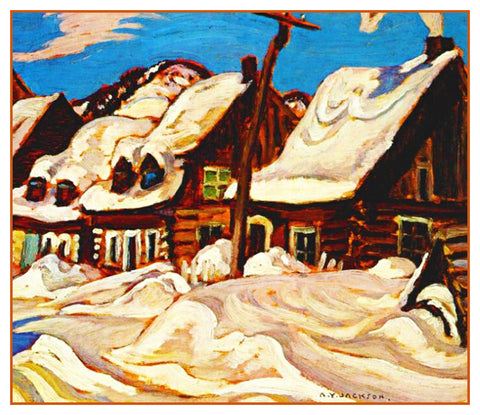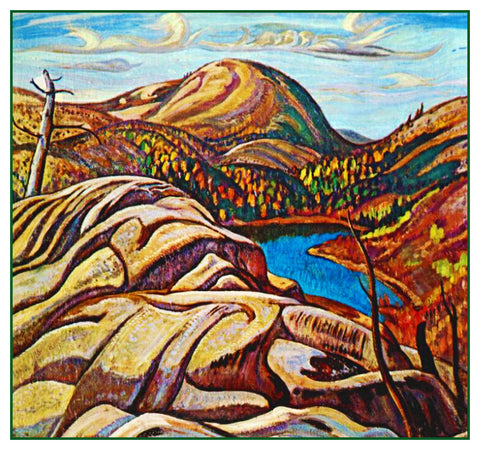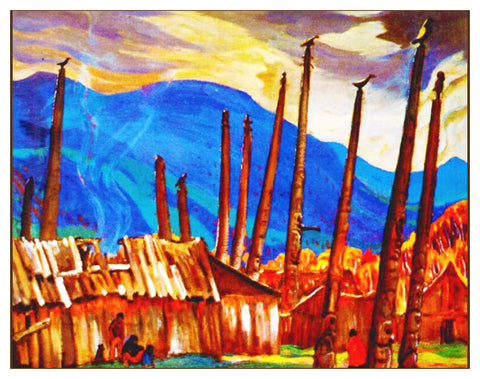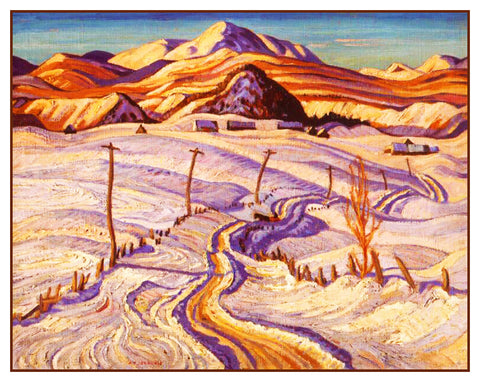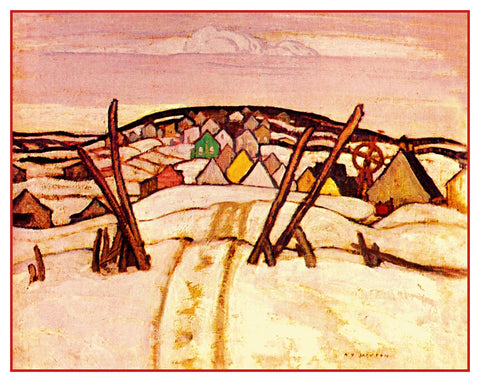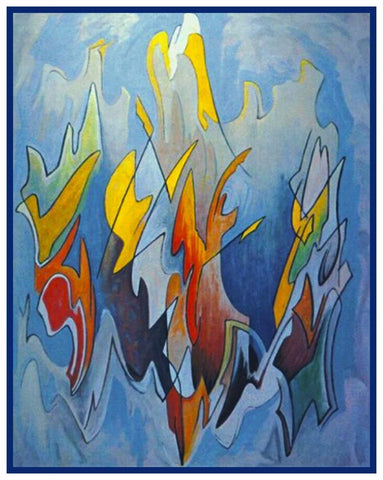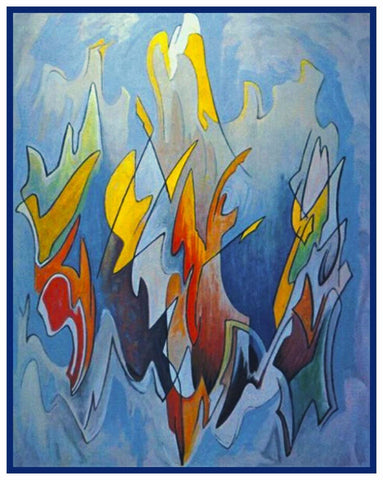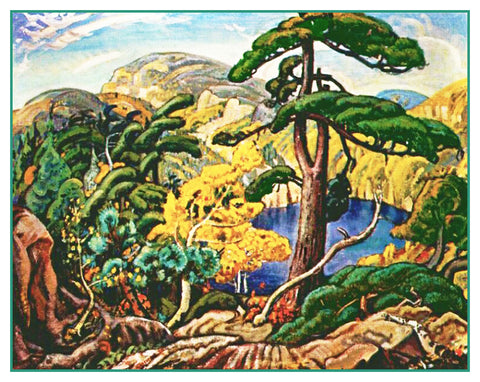Tom Thomson Deluxe Treasury #1-Three Counted Cross Stitch Patterns Charts
BONUS: 3 charts for the price of 2!
We are pleased to offer: THREE Orenco Originals Counted Cross Stitch Charts, Patterns, Graphs
Pattern #1: Evening at Canoe Lake Landscape. The Finished size of each chart when stitched will be: 14 inches (196 Stitches) by 12 inches (168 Stitches).
Pattern #2: Georgian Bay Ontario Landscape at Oyster Bay. 14 inches (196 Stitches) by 14 inches (196 Stitches).
Pattern #3: Autumn Foliage Landscape. The Finished size of each chart when stitched will be: 14 inches (196 Stitches) by 12 inches (168 Stitches).
What You Receive:
You will receive 3 complete patterns.
Each pattern consists of:
- Each pattern has 2 versions of each chart both printed in black ink on bright white 11" by 17" paper. Both Charts are for 14 count fabric.
- Chart Version #1 is a single page chart. Chart Version #2 (tired eyes) is a 4-page enlarged chart that eases eye strain.
- A color illustration.
- Counted cross stitch instructions.
- List of DMC Floss colors needed to finish the project
*** This is not a Kit. No fabric or floss are included in this Purchase***
This is product is for patterns that are used to sew and to create a cross stitch picture. This is NOT a completed product. It is NOT a kit, it contains no floss or fabric.
What Inspired These Patterns:
Believing that a distinct Canadian art could be developed through direct contact with nature, the Group of Seven is best known for its paintings inspired by the Canadian landscape, and initiated the first major Canadian national art movement. The Group of Seven, also known as the Algonquin School, was a group of Canadian landscape painters from 1920 to 1933, originally consisting of Franklin Carmichael (1890-1945), Lawren Harris (1885-1970), A. Y. Jackson (1882-1974), Frank Johnston (1888-1949), Arthur Lismer (1885-1969), J. E. H. MacDonald (1873-1932), and Frederick Varley (1881-1969). Later, A. J. Casson (1898-1992) was invited to join in 1926; Edwin Holgate (18921977) became a member in 1930; and LeMoine FitzGerald (1890-1956) joined in 1932.Two artists commonly associated with the group are Tom Thomson (1877-1917) and Emily Carr (1871-1945). Although he died before its official formation, Thomson had a significant influence on the group. In his essay "The Story of the Group of Seven", Harris wrote that Thomson was "a part of the movement before we pinned a label on it"; Thomson's paintings The West Wind and The Jack Pine are two of the group's most iconic pieces. Emily Carr was also closely associated with the Group of Seven, though was never an official member.


![[product_title] - Orenco Originals LLC Counted Cross Stitch](http://www.orencooriginals.net/cdn/shop/products/amazonpicturethomson1_1024x1024.jpg?v=1737158091)
![[product_title] - Orenco Originals LLC Counted Cross Stitch](http://www.orencooriginals.net/cdn/shop/products/amazonpicturethomson1_medium.jpg?v=1737158091)
![[product_title] - Orenco Originals LLC Counted Cross Stitch](http://www.orencooriginals.net/cdn/shop/products/362684515774-1_medium.jpg?v=1737158091)
![[product_title] - Orenco Originals LLC Counted Cross Stitch](http://www.orencooriginals.net/cdn/shop/products/362684515774-2_medium.jpg?v=1737158091)
![[product_title] - Orenco Originals LLC Counted Cross Stitch](http://www.orencooriginals.net/cdn/shop/products/362684515774-3_medium.jpg?v=1737158091)
